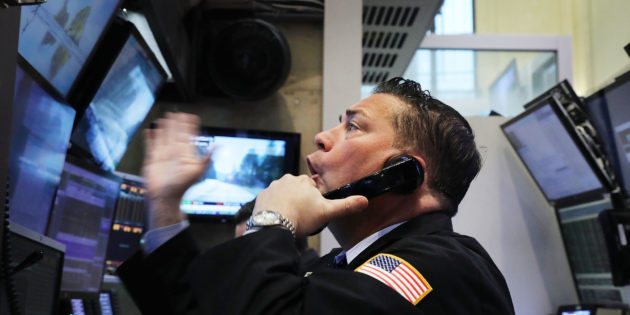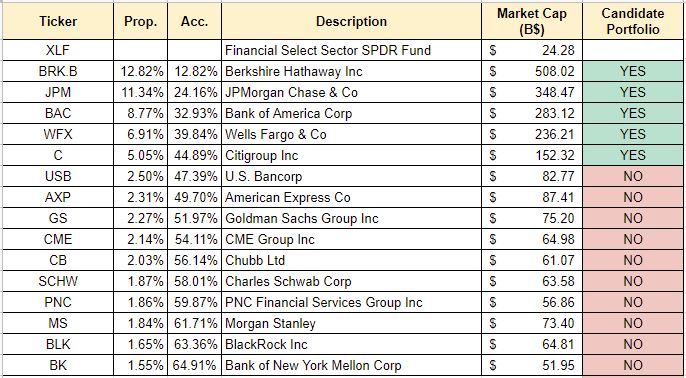How to Create a Stocks Portfolio (Part 2)
The Market Capitalisation
- Small-cap: if the company’s market value is between $300M to $2B.
- Mid-cap: the value moves between $2B and $10B.
- Large-cap: the market cap is greater than $10B.
Using the Market Cap to measure the risk
- Small-cap are young companies, they have the most aggressive risk and the biggest growth potential compared with mid and large-cap. Small-cap companies are more attractive to investors who have not a big capital account to create his portfolio.
- Mid-cap companies have a major potential for growth. Also, these companies have a lower risk of bankruptcy compared with the small-caps. In consequence, the risk/reward relation in this group is lower than the smaller companies.
- Large-caps are the big companies with consistent performance and a solid market position. The lower risk of the large-cap group, makes it consider as conservative stocks.
Creating the Portfolio
Now that we can categorise each company for its capitalisation, we will create a conservative portfolio using as a tool the Google Sheets app.
In this case, we consider the Exchange-Traded Fund (ETF) XLF – Financial Select Sector SPDR Fund compounded by 77 stocks. XLF contains, for example, Berkshire Hathaway Inc (BRK.B), JP Morgan Chase & Co (JPM), Bank of America (BAC), Wells Fargo & Co (WFX), Citigroup (C), and others. The criteria that we will use is the market cap greater than $100B. Finally, the portfolio proposed is:
Take your trading to the next level with our 14 Day, No Obligation, Free Trial. You will soon discover why we are trading’s best-kept secret. We are successfully building the world’s largest group of profitable traders and would like you to be part of it.
You can then join for as little as $19.99 per month, no strings, no contract, cancel anytime. This amount can be covered with just one profitable trade with us per month, the rest is pure profit. You will benefit from unparalleled access to our professional traders, our transparent trading performance, our LiveTradeRooms and access to the most comprehensive trading education on the market. What have you got to lose? JUST CLICK HERE TO GET STARTED NOW and see how real money is made!


